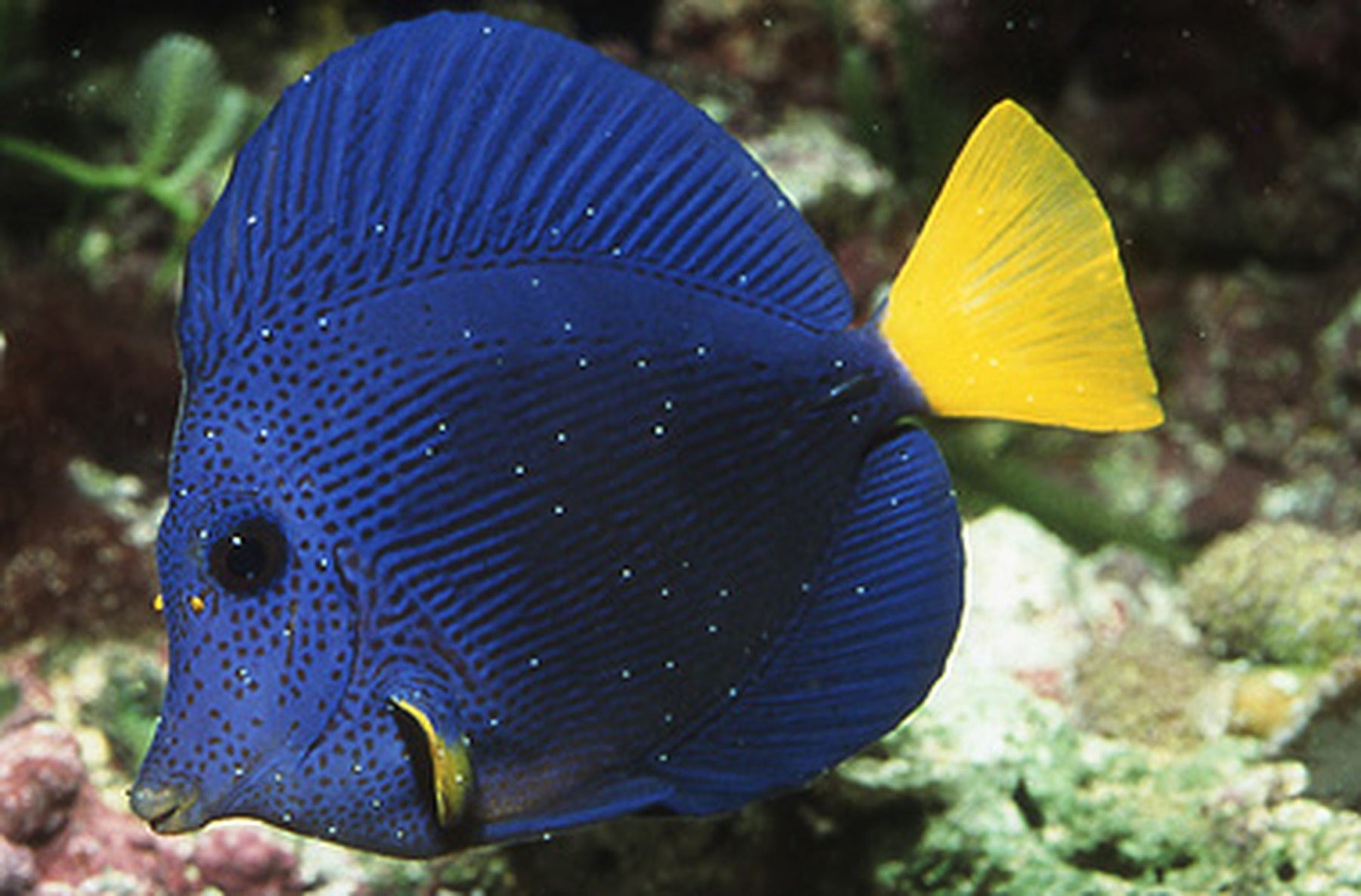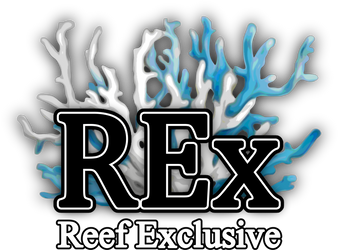
Treating Cryptocaryon and Oodinium (Marine Velvet) in Saltwater Aquariums: Causes and Effective Treatments
Treating Cryptocaryon and Oodinium in Marine Aquariums
Root Causes and Effective Solutions
Introduction
Many marine aquarium keepers face the issue of fish developing white spots. These symptoms are typically linked to:
-
Cryptocaryon irritans (Marine Ich)
-
Oodinium ocellatum (Velvet disease)
However, these are often not true infections, but symptoms triggered by poor environmental conditions.
Disease or Symptom?
Rethinking the Traditional View
-
Cryptocaryon and Oodinium are not diseases in themselves.
-
They are manifestations of stress, not primary infections.
-
Parasites are always present in reef systems — but only become active under poor water quality.
Misidentification
-
White spots = not always Cryptocaryon
-
Often, symptoms are more consistent with Oodinium
-
Both respond to ammonia and organic load
The Real Culprit: Ammonia & Organic Waste
Why Ammonia Is the #1 Stressor
-
More dangerous than salinity, temperature, calcium, or magnesium
-
Toxic NH₃ form exists above pH 8.0
-
Converts to safer NH₄⁺ at lower pH (~7.0)
Signs of Ammonia Poisoning
-
Scratching on rocks or sand
-
White, milky slime on the skin
-
Cloudy eyes
-
Small white spots often confused with parasites
How Ammonia Affects Fish
-
Fish release ammonia through gills and skin
-
When external ammonia > 0.1 ppm:
-
Ammonia export is blocked
-
Fish produce excess protective mucus
-
Ammonia accumulates internally → toxicity
-
Fish become lethargic and gasp at the surface
Why Not All Fish Are Affected
-
If it were truly parasitic, all fish would get sick
-
Some fish remain healthy → individual immune response
-
Selective symptoms = ammonia intolerance, not infection
Ammonia Behavior in Water
-
Heavier than water: settles at bottom
-
Build-up at night: flow often reduced
-
New/stressed fish: emit 3–5x more ammonia than stable fish
Effective Solutions
1. Improve Water Flow
-
Vertical circulation — lift water from the bottom
-
Chaotic/random flow — avoid dead zones
-
Wave motion — at least 1" height through coral colonies
2. Degassing & Aeration
-
Surface agitation — break surface film
-
Fans — improve evaporation & gas exchange
-
Overflow turbulence — increase oxygenation
-
High sump turnover — 10x display volume per hour
3. Monitor ORP & pH
-
ORP > 280 mV
-
Watch for ORP drops > 50 mV
-
pH < 8.0 = early sign of organic overload
-
If ORP drags pH down → consider reducing fish load
Use of Redox Clean
(Brightwell or Reef Exclusive)
-
Safe alternative to copper (which harms biofiltration)
-
Releases potassium & manganese — good for corals
-
Raises ORP — oxidizes ammonia & organics
Dosing Instructions:
-
1 ml per 100L
-
Every 12–24 hours for 2–4 weeks
-
Disable UV, ozone, carbon, and iodine
-
Dose into overflow → reaches sump before display
-
Resume carbon after the treatment cycle
Additional Methods
-
Ozonation — speeds up organic breakdown
-
UV sterilization — improves water clarity & ORP
-
Reduce feeding — especially at symptom onset
-
Optimize biofiltration — ensure good flow through media
Practical Tips
Aquarium Design
-
Height ≈ width for balanced flow
-
Floating reef structures — allow water to pass underneath
-
Use wave/random-flow pumps
-
Avoid narrow plumbing — ensure strong return flow
When Symptoms Appear
-
Reduce feeding immediately
-
Maximize flow and surface agitation
-
Dose Redox Clean as directed
-
Monitor pH and ORP
Adding New Fish
-
Introduce slowly — let the system adapt
-
New fish = high ammonia output due to stress
-
Feed minimal, easy-to-digest food
-
Avoid high-fat/high-protein food in early days
Important:
Species like Achilles Tang are extremely sensitive to ammonia from rich food. They may die within days if overfed too early.
Overfeeding is the #1 cause of Velvet/Ich symptoms in mature reef tanks.
Conclusion
Understanding Cryptocaryon and Oodinium as environmental stress responses, not infections, enables:
-
Smarter, safer treatment
-
No need for copper or harsh chemicals
Focus on:
-
Ammonia control
-
Stable pH/ORP
-
Proper feeding
-
Water flow optimization
With this approach, your reef stays balanced, and your fish stay healthy.
